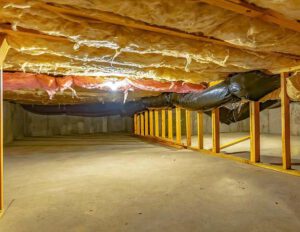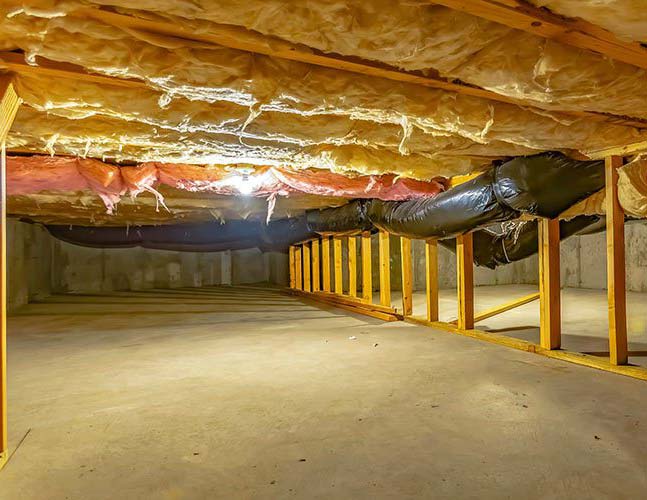If you’ve noticed water seeping into your basement, it may be time for some basement repair. There are several methods that can be used to fix cracks in a foundation or in the walls of your basement.

The best way to repair a crack is to find its source and address it quickly. Fortunately, there are many easy and low-cost ways to do this. For professional assistance, contact Handyman Naperville IL.
Foundation cracks are the most common source of water seepage in basements and crawl spaces. They occur for many reasons, including soil movement and excessive moisture.
Some cracks are harmless, while others could be signs of serious foundation damage. Understanding the differences between these cracks is critical to determining which ones require repair.
Hairline, shrinkage foundation cracks that occur shortly after the concrete has cured are often less concerning than foundation cracks caused by settling or moisture infiltration.
Other foundation cracks are caused by soil pressure and expansion. These can be very wide and can cause a foundation wall to bow or lean inwards, which is a serious problem that will eventually need to be repaired.
Unlike concrete slab cracks, foundation wall cracks can be hard to tell if they are continuing. You may not know the exact cause of the crack, which is why you should consult a foundation contractor to help you determine the source and appropriate repair method.
Another common source of cracks is radon gas that leaks through the walls. Radon is dangerous for your health and can be prevented with a proper basement waterproofing system.
If your radon leaks through the basement walls, you should call an expert to inspect the area and install a radon barrier to prevent it from getting worse. If the radon is not blocked, it can slowly build up to dangerous levels and lead to serious health issues in your home.
Finally, foundation wall cracks that are wider than a quarter of an inch should be repaired immediately by a professional. If they are not, they could lead to bowing or leaning of the basement walls and a complete failure of your foundation.
If you spot any foundation cracks, whether they are horizontal or diagonal, be sure to take a picture and keep it with you as proof of the condition. Once you’ve determined if the crack is structural or non-structural, you can then start repairing it. If it’s a small crack, the repair is usually a simple DIY project that involves applying a concrete foundation repair kit to fill the crack and stop water from entering your basement.
If your basement is in need of waterproofing, you might want to consider installing an interior floor drain system. They’re a much cheaper alternative to exterior drainage systems and are also easier to install.
An interior floor drain is a specialty drainage system installed along the basement walls and encased with gravel to prevent mud particles from entering and clogging the pipes. The pipe collects groundwater that comes up from the concrete slab and directs it to a sump pump pit, where it’s pumped away from your basement.
Often called French drains, these drain tile systems are set a few feet below the basement floor to divert water runoff and rainwater from your home. However, they’re susceptible to clogging from soil or plant growth.
These kinds of drainage systems aren’t recommended for new construction, but they do help existing homes with water problems. In addition to moving groundwater away from your basement, they can also keep it dry by directing excess moisture to the outside.
They are also designed to clog less frequently and install more efficiently than traditional drain tiles. The downside is that they require routine cleaning to avoid clogs, but it’s worth it to prevent a costly plumbing repair down the road.

